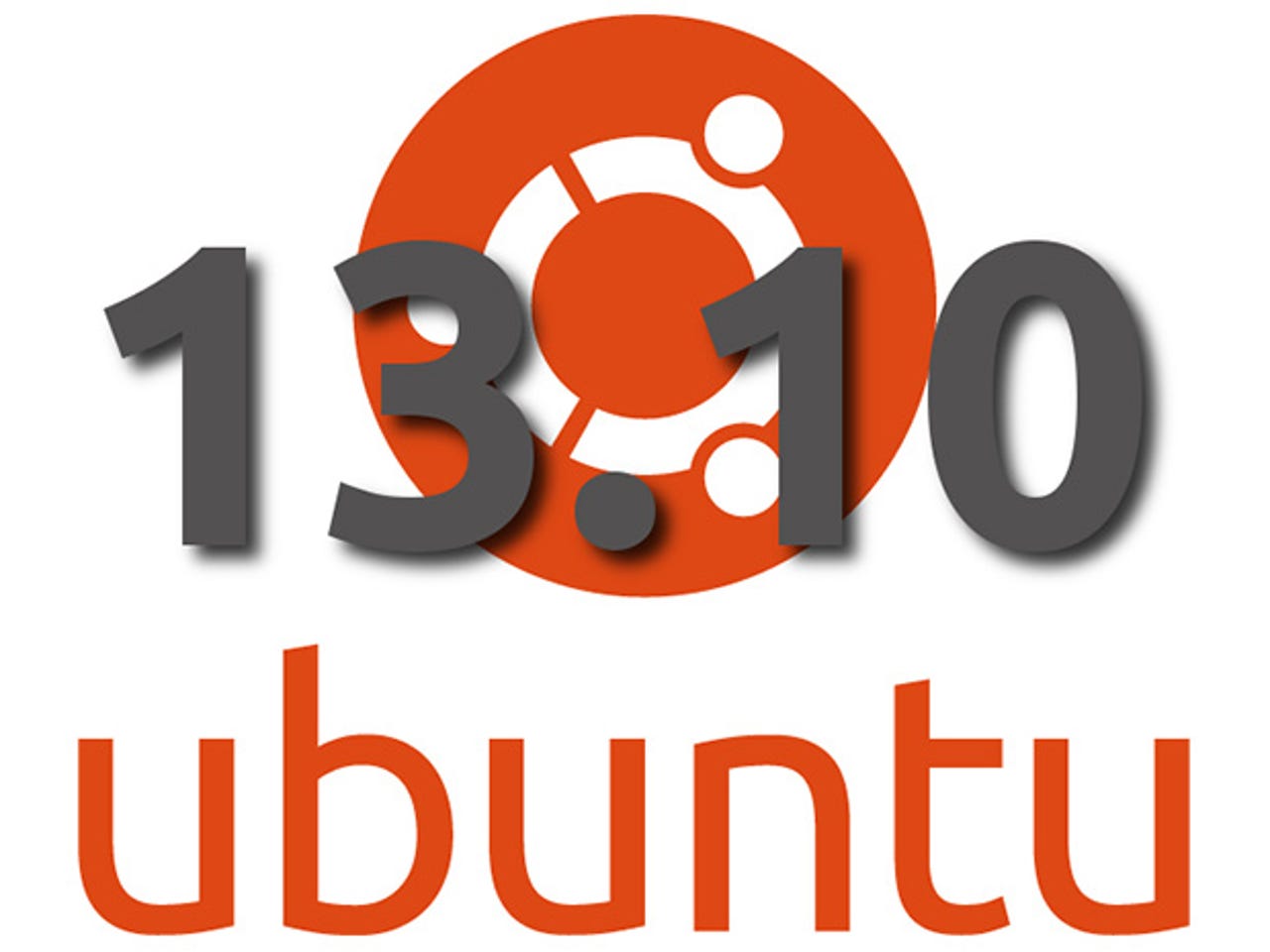Ubuntu 13.10 (Saucy Salamander) review: Smart Scopes in, Mir out


Ubuntu 13.10 (Saucy Salamander)
With relatively little that's obviously new, the final release of Ubuntu 13.10 (Saucy Salamander) seems a somewhat obligatory event. Of course it does feature a new revision of the Linux kernel (version 3.11.0-12) and a new revision of Unity. Also, as with every release, a lot of work has been done improving the various modules that make up the operating system, fixing bugs, eliminating vulnerabilities and improving performance. However, Ubuntu 14.04 LTS, due for release on 17 April next year, will now perhaps come as even more of a shock if its promised big changes are fully realised.
Mir fails to make the cut
Canonical has said that Ubuntu 14.04 and the Unity Next interface, which will support desktop, TV, tablet and smartphone form factors, are dependant on Canonical's new display server, Mir. With this in mind, the Ubuntu developers had hoped to have an early release of Mir running in Ubuntu 13.10 — and indeed it did feature as an option in the beta release, as noted in our Beta 1 preview. Unfortunately, Mir has now been dropped from 13.10 due to technical difficulties and the final release reverts to the X Windows server. Officially this is due to problems with multi-monitor support, but Linux developer Matthew Garrett blogs that, in his opinion, there is rather more to it than that.
Canonical has received quite a bit of criticism for its decision to develop Mir, and Chris Wilson, who oversees Intel's open-source graphics driver development, recently posted the following on freedesktop.org: "We do not condone or support Canonical in the course of action they have chosen, and will not carry XMir patches upstream — The Management".
Visible changes in the desktop
One of the biggest changes in 13.10 is the addition of Smart Scopes (originally intended to debut in 13.04) in the Dash. These greatly extend the range, precision and relevance of searches initiated from the Dash query box. Search filtering is divided into Categories and Sources. When a search term is typed in to Dash, initially Categories and Source are selected automatically, but choices can be further refined by clicking on the individual filter buttons within these groups. A Security & Privacy setting, accessed via System Settings, allows you to switch off online search results if required.
As mentioned in our beta 1 preview, the appearance of the Nautilus file manager menus has now been been harmonised with the rest of the desktop theme. Previously these drop-down menus appeared with a stark white background.
A new icon has also appeared in the status panel for keyboard mapping and input language selection.
Linux 3.11 kernel
Linux 3.11 kernel, only released at the start of September, includes features that can improve performance and lower power consumption. For example Zswap, rather than swapping from RAM to hard disk, instead compresses some swap data and retains it in RAM, on the basis that the performance hit of using CPU cycles to compress and decompress to and from RAM will be less than a swap to and from hard disk. Dynamic power management for AMD's open-source Linux graphics driver is also supported, and there's a low latency polling patch for the network subsystem. More details of the new features in this kernel can be found on the Kernel Newbies site.
Installed applications with 13.10
Despite early plans to adopt Chromium, Firefox 24.0 is still the default browser for Ubuntu 13.10. Other default applications installed with this release include version 24.0 of the Thunderbird email client and the LibreOffice 4.1.2.3 office productivity suite. All of these are revised since the beta release. Also included are Shotwell 0.15.0 (photo manager), Brasero 3.8.0 (CD/DVD burner) and Rhythmbox 2.99.1 (music player).
The Thunderbird email client does not appear by default on the launcher bar at the left of the desktop, although it can easily be added if required. Instead, it can be launched from the drop-down menu for the messaging icon in the status section, at the right-hand end of the desktop bar.
Although they're not installed by default, GIMP 2.8.6 (bitmap editor) and Inkscape 0.48 (vector editor) are available for installation from the Software Centre.
Ubuntu SDK
The first release of the Ubuntu SDK is also due this month. The SDK provides support for developing Ubuntu applications in QML with plug-ins for the Qt Creator IDE, in HTML5 or in HTML5/Cordova. Canonical says that once Ubuntu becomes converged in 14.04, developers can easily write apps that run across all devices — smartphone, tablet or desktop.
What's next?
We'll report on Ubuntu 14.04 developments as they occur. The first beta of 14.04 is scheduled for 27 March 2014, with the full release due on 17 April — the release schedule is available on the Ubuntu Wiki. Although 14.04 still lacks a codename, this may be resolved at the Ubuntu Developer Summit in November.